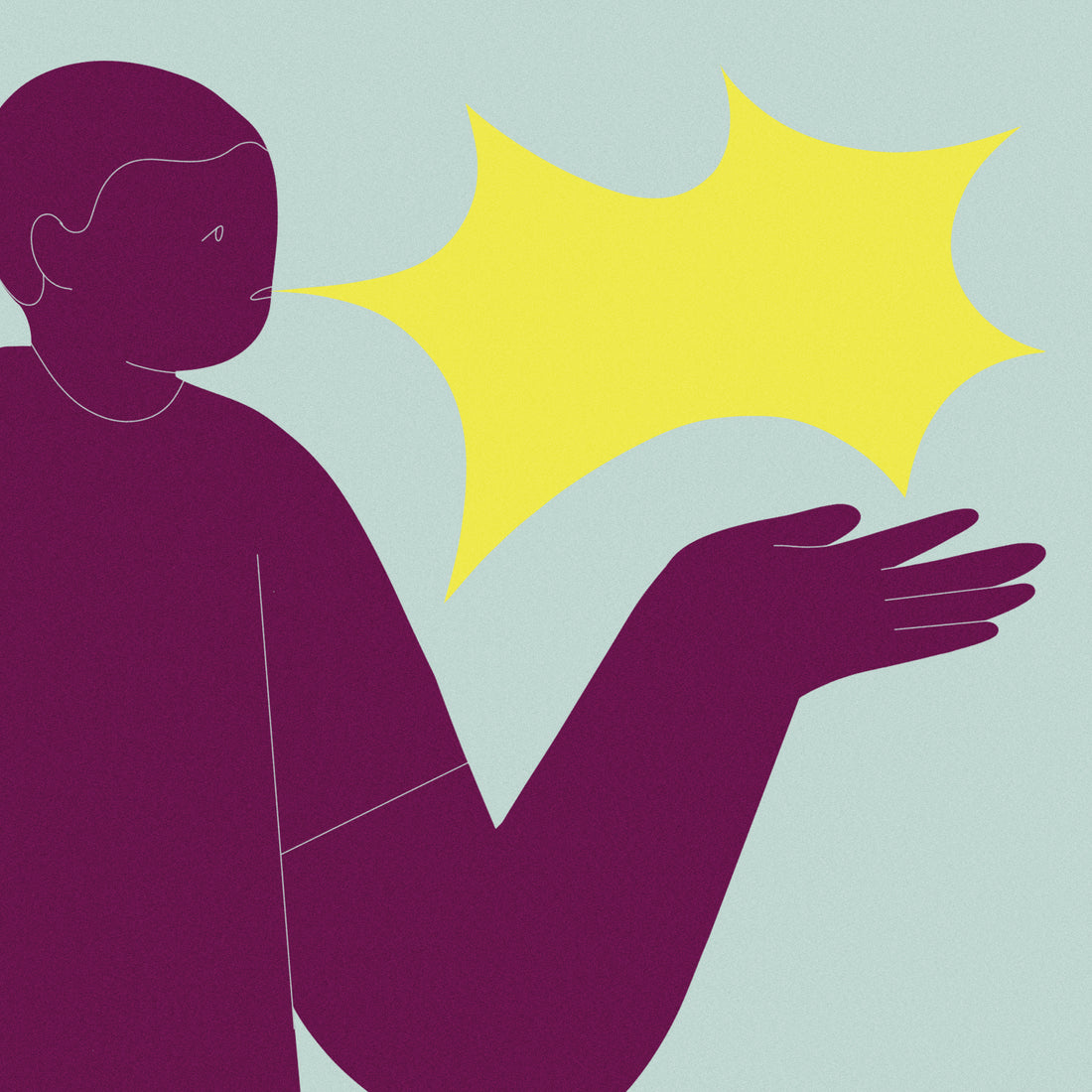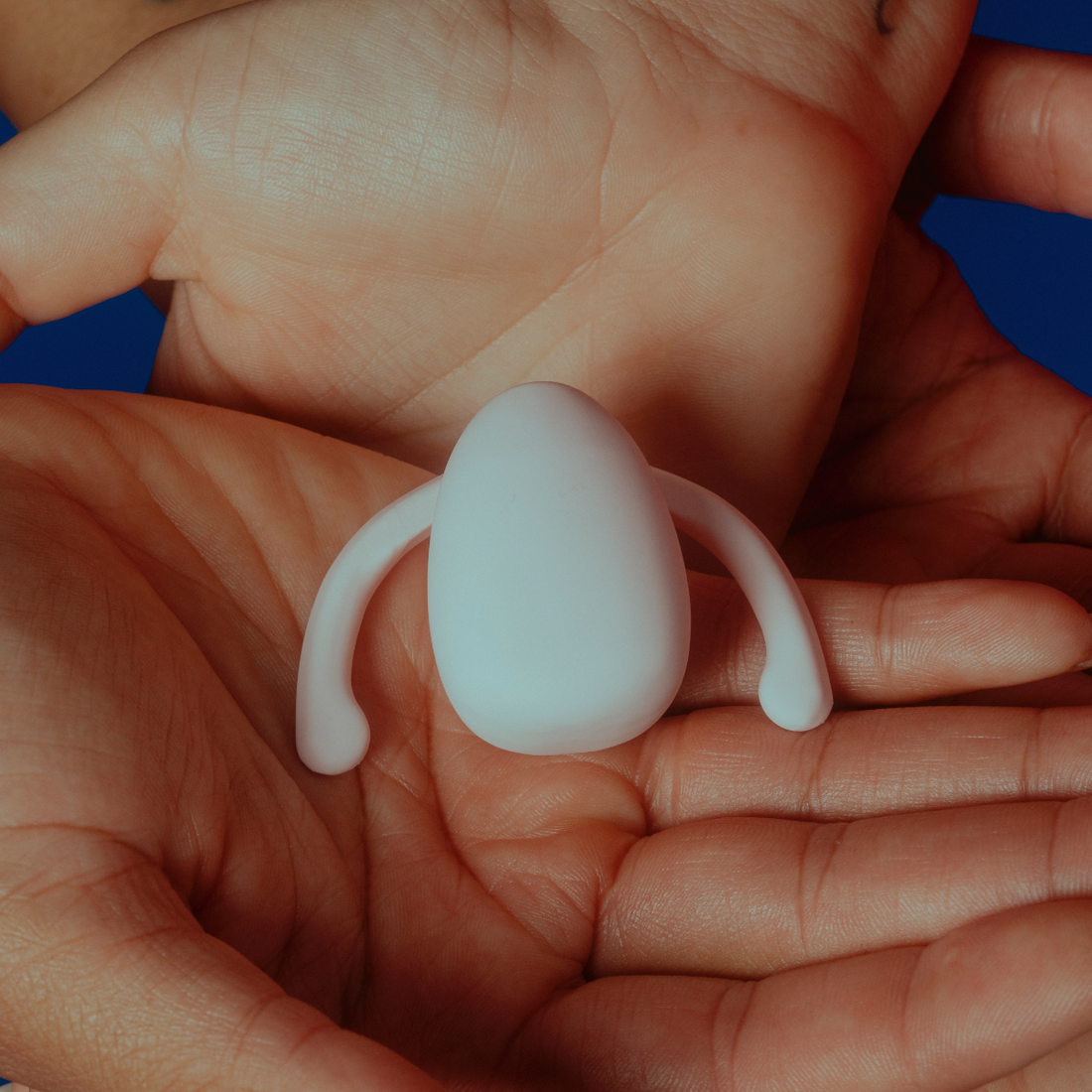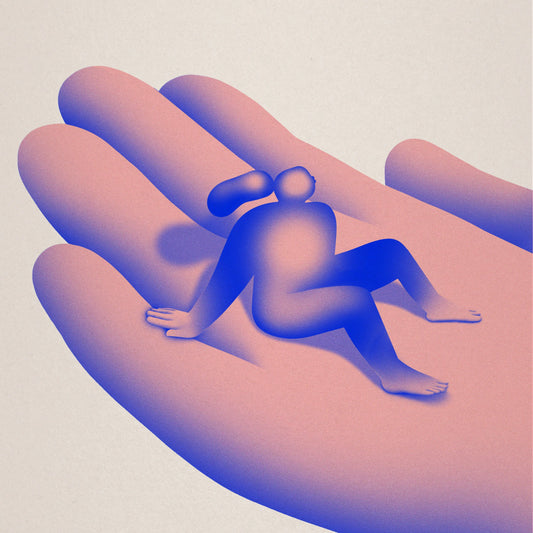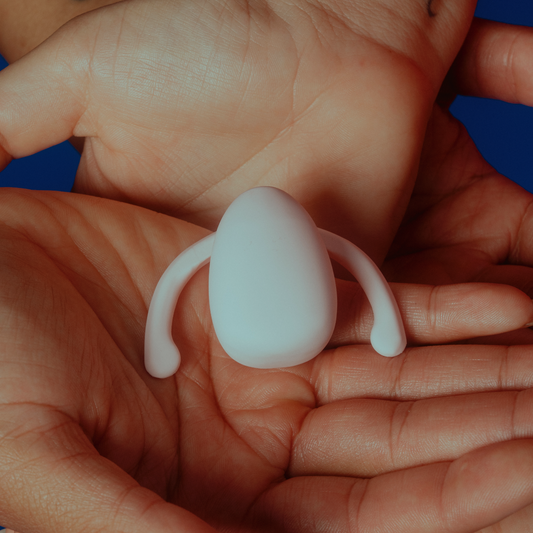Relational Trauma
It may be a little dark to suggest, but as a therapist I find a lot of validity in Nietzsche’s quote, “To live is to suffer.” When it comes to relationships, by living and connecting with one another, we experience relational pain. I often speak to clients in my practice and tell them that due to the simple fact of being an “other” to our partners, we may often misunderstand and cause unintentional hurt. That is normal. Healthy partners take the initiative to do what they can to gain better understanding and minimize the hurt we cause by simply being the “other.” For many of us, we’ve experienced deep relational pain which causes us to feel mistrust in our connections with others. That may look like us testing the fidelity of our partners, creating unnecessary conflict, feeling very anxious in our relationships and a host of other behaviors. It’s this kind of messiness that makes us human. What we’re often working through, in those moments, are past relational traumas and pain that have been triggered by more recent events. For example, have you ever found yourself incredibly worked up after a partner made a flippant, but benign, comment in passing? If so, it’s likely that comment triggered some negative emotions or feelings associated with a past hurt. And we all differ in how we respond in those moments. Learning to work through our more tender moments, in which we are seeking greater comfort and safety, is a life’s work.Jake Ernst’s “Routes of Safety” Model
Therapist and social worker Jake Ernst came up with “trauma-informed love languages” in his Routes of Safety model, which has been tremendously helpful to me in my work with clients who are seeking support for relationship issues. Ernst’s model states that we need to feel safe in order to continue to invest in meaningful relationships. When we carry with us past relationship hurt, or trauma such as neglect or abuse, that sense of safety is even more important because feeling vulnerable is often a barrier for us in maintaining intimacy. His “routes” provide helpful examples of what kinds of safety we might need, and how we can work to create that for ourselves, to maintain the connections that are most important to us.View this post on Instagram




























